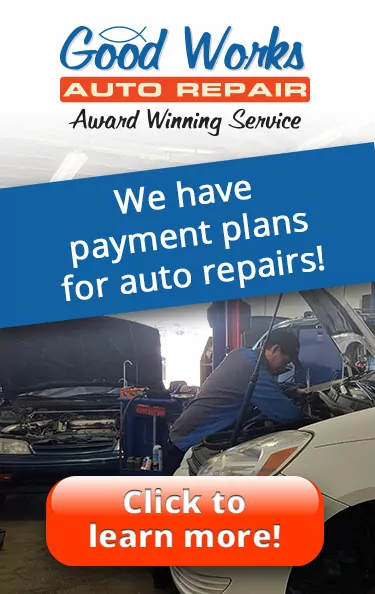Have you ever been cruising down the road, only to have a mysterious light illuminate on your dashboard? If so, you’re not alone! What do you car’s warning lights mean?
Understanding your car’s warning lights can be the difference between a smooth journey and an unexpected breakdown. In this guide, we’ll unravel the mysteries behind these signals and empower you to navigate the roads with confidence.
The Dashboard Symphony: What Do Your Car’s Warning Lights Mean?
Your car’s dashboard is like a symphony of lights, each one signaling a different aspect of your vehicle’s health. Here are some of the most common warning lights you might encounter:
1. Check Engine Light
Arguably the most notorious, this light can indicate a range of issues, from a loose gas cap to a major engine malfunction. It’s essential not to ignore it and to have your vehicle diagnosed as soon as possible.
2. Oil Pressure Warning Light
This light typically resembles an oil can and signals low oil pressure, which can lead to engine damage if not addressed promptly. Pull over and check your oil level immediately.
3. Battery Warning Light
Shaped like a battery, this light warns of issues with your vehicle’s charging system. Ignoring it could leave you stranded, so it’s best to have your battery and alternator checked.
4. Brake System Warning Light
When this light appears on your dashboard, it’s signaling potential issues with your braking system. While the cause could be as simple as low brake fluid, it could also indicate a more severe problem that poses a risk to your driving safety.
5. Tire Pressure Monitoring System (TPMS) Light
This symbol, which looks like an exclamation mark inside a tire, indicates low tire pressure in at least one of your tires. Don’t ignore this warning light! Driving on tires that are underinflated can affect your fuel mileage but more importantly, impact driving safety and tire condition.
What to Do When a Warning Light Appears
When a warning light pops up on your dashboard, it’s essential to remain calm and take the appropriate steps:
- Don’t Panic: While some lights require immediate attention, others indicate less urgent issues. Take a moment to assess the situation before taking action.
- Refer to Your Owner’s Manual: Your car’s manual is a treasure trove of information, including explanations of warning lights and recommended courses of action. Keep it handy for quick reference.
- Check for Immediate Hazards: If a warning light indicates a severe issue, such as overheating or low oil pressure, pull over to a safe location as soon as possible to prevent further damage.
- Address the Problem: Once you’ve identified the issue, take appropriate action. This might involve adding oil, inflating tires, or seeking professional assistance from a mechanic.
- Schedule Maintenance: Even if the warning light turns off, it’s essential to address the underlying issue. Schedule a maintenance appointment to ensure your vehicle remains in top condition.
Preventative Maintenance: Address Your Vehicle’s Health and Your Driving Safety at the Same Time!
While some warning lights are unavoidable, many issues can be prevented through regular maintenance and proactive care. That’s why we’re such big believers in preventative maintenance here at Good Works Auto Repair!
From routine oil changes and tire inspections to vital fluid level checks and more, our staff and technicians are committed to your vehicle’s health and safety. You’ll find it easy to budget for and anticipate upcoming maintenance and repair needs with our digital inspection report. This easy-to-read report gives you a quick summary of your vehicle’s health at a glance. You’ll learn what’s urgent to fix NOW, what’s coming up SOON, and what looks great and requires NO attention.
Schedule an appointment at our Tempe auto repair shop today and take control of YOUR vehicle’s health. You never know when a little extra TLC could just keep you from seeing one of those warning lights on your dash!






